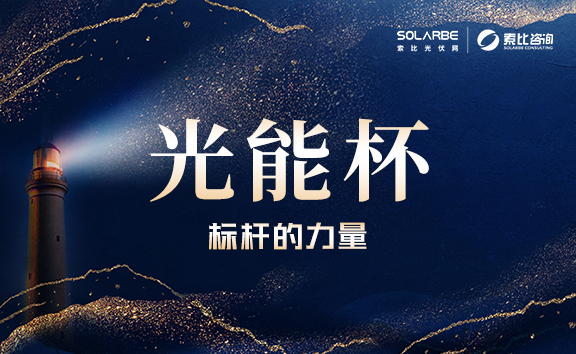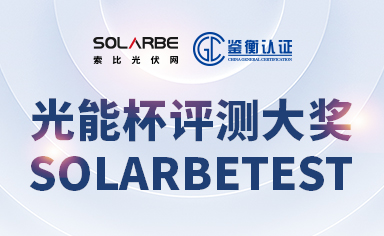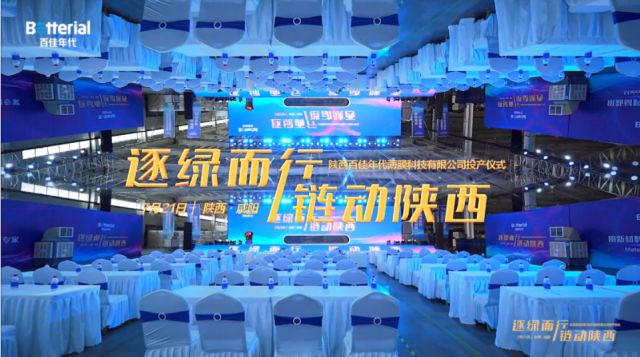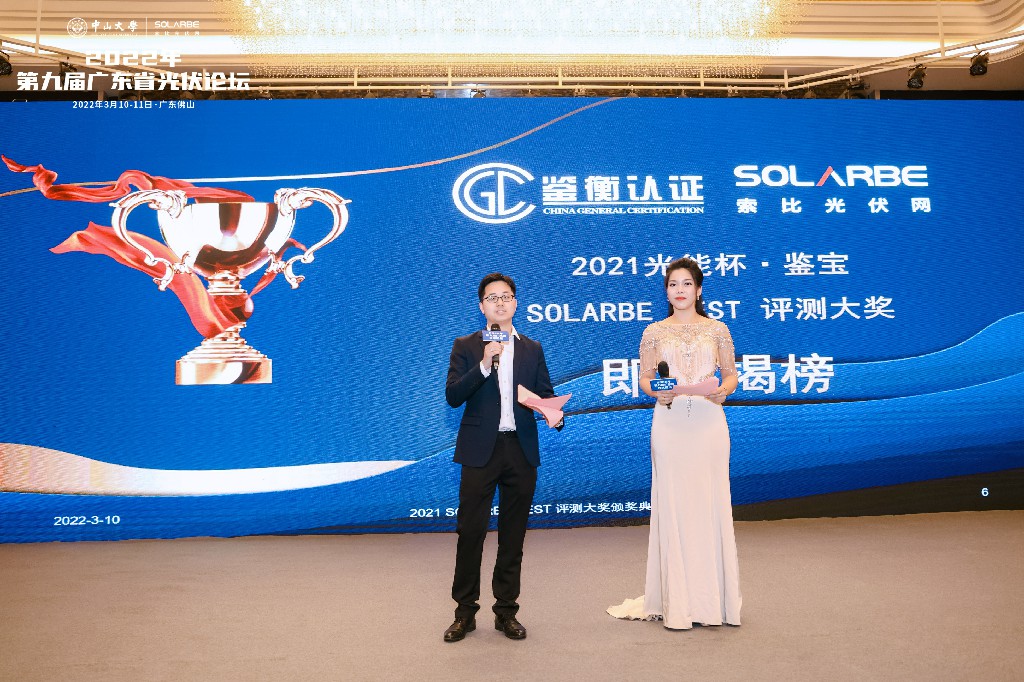9、Have your products won any award recently? Kindly enlighten us in detail about this product.

10、What is your Top 5 Advice to a Project Developer in India while choosing your products for its Solar PV Plant?
A.about investment: Apart from initial investment, take more consideration about LCOE. The designed life cycle for PV plants is over 20 years. Lower initial investment with poor quality equipment or simple solution may bring happy beginning but sad ending with big power loss, high O&M cost, and safety issues.
B.about brand choosing: Product quality and good solution are important. A reliable business partner or brand is more important to fulfill the task to carry out the service through the full lifetime up to 25 years for PV plants.
C.about solution: Choose the right products for the right solution. The right technical route can ensure that we march for the right direction and avoid technical change or shift in the middle.
D.A bout O&M: Do not overlook the daily operation and maintenance cost. It occupies a large part of the running cost in the long run. Find the effective and smart solution or management to improve the O&M efficiency and save the cost.
E.about safety and reliability: Safety is the top priority for plants running. Apart from the daily safety inspection and prevention work, choosing the right equipment and solution to guarantee the safety and reliability is a better way or the shortcut. One accident may turn all into nothing.
11、How does Huawei guarantee quality?
Huawei Global Compliance & Testing Center (GCTC) is a comprehensive laboratory that integrates EMC, RF, Telecom, safety and environment reliability tests, and is recognized by international authoritative organizations, including CNAS, ATLA, MET, ITS CETECOM. GCTC offers services of testing, compliance, and design consultations to Huawei products in accordance with the ISO/IEC17025. Huawei GCTC adopts not only traditional testing equipment but takes the lead to use other testing equipment to conduct the combined stress tests of temperature, humidity and corrosive dust, high temperature rain tests, simulated solar radiation tests, and lightening tests. These tests pose higher requirements on the adaptation of Huawei products.
Huawei inverters need to pass the stringent tests of Huawei GCTC. The tests comprise two parts: the short- term and the long-term reliability tests, and each part also contains many tests. The short-term tests include HALT test, high/low temperature tests, rain test, icing test, low pressure test, humid dust test, lightening test, EMC tests (electromagnetic radiation, surge, static, lightening, etc.), and safety regulations test. The long-term tests include temperature cycle test (TC), high temperature operation bias (THOB), lifespan test (LLT), and outfield exposure test (high temperature, humidity and salt). The time of long-term reliability tests all exceeds 1000 hours and some of the tests even last over a year. The reliability tests of Huawei inverters cover many actual scenarios, such as high humidity, rain, salt/ humid dust corrosion, solar radiation, capricious temperatures, lightening strokes, high altitudes, and extreme temperatures (– 60°C, 100°C).
12、What is Huawei's position in the global market and how strong is Huawei's R&D?
In 2014, Huawei became one of the Top 10 manufacturers with a global order amount of 5.5 GW and shipment of 4 GW.
In 2015, Huawei achieved a global order amount of 15 GW and a shipment of 10.5 GW (China: 8.5 GW, overseas China: 2 GW).
Core inverter components are manufactured and assembled in Huawei South Factory, Songshan Lake, Dongguan. The factory can manufacture up to 80,000 inverters per month.
Inverter Team
1. 800+ R&D engineers, 10% of which are non-Chinese employees
2. 100+ inventions and patents
3. Six R&D centers
Nuremberg, Germany: Architecture & design centre Stockholm, Sweden: Algorithm & topology research centre Shanghai, China: Product design centre
Shenzhen, China:
Product engineering & manufacturing centre
Beijing and Chengdu, China: FusionSolar R&D centre
Santa Clara, United States: Innovative R&D centre
FR:Shine Magazine





























 >
> >
>
